What is an app pricing strategy, and why is it important?
An app pricing strategy helps determine the right price for your app by aligning its value with the market, benefiting both users and the business.
Try searching for
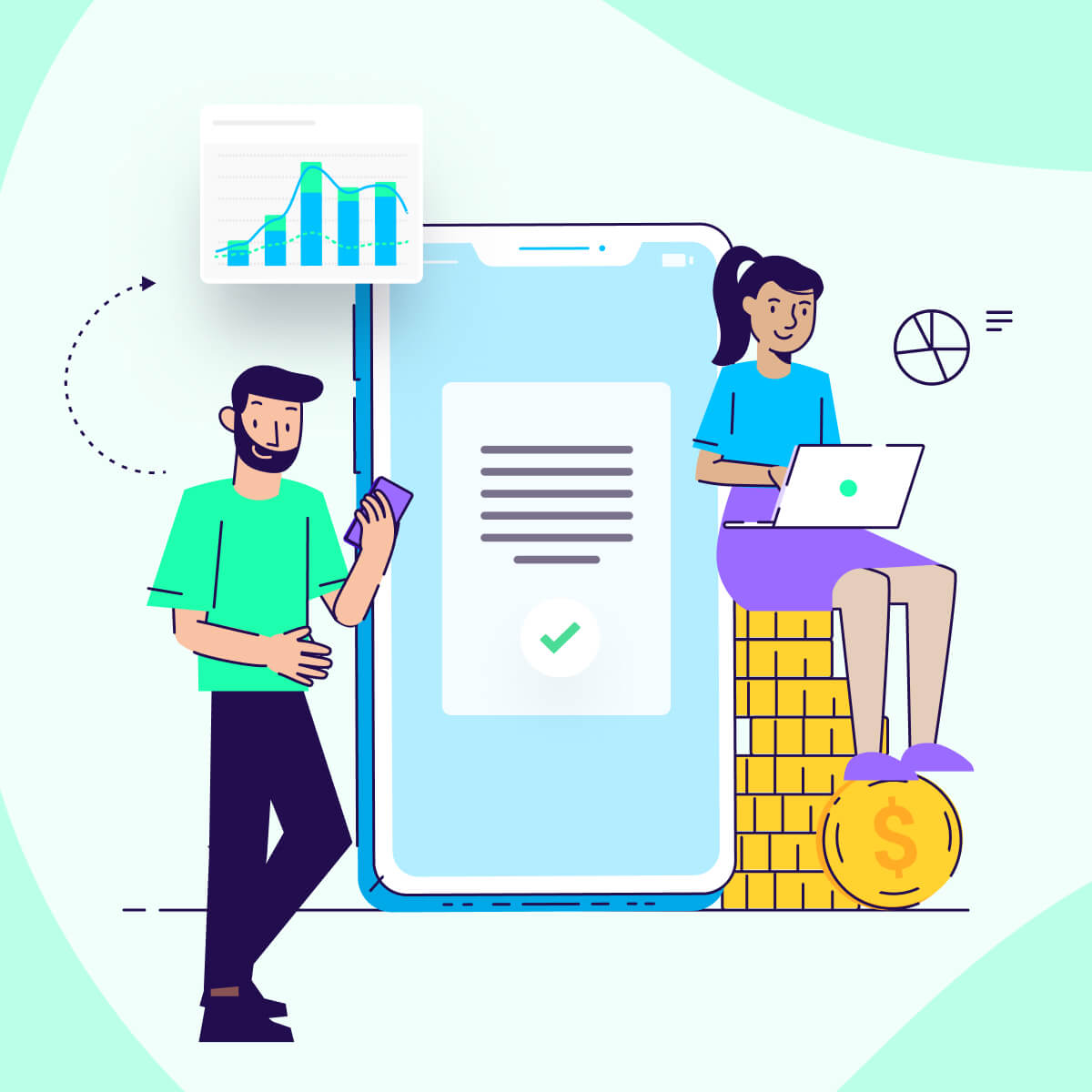
You may think your app is worth a dollar, but your friends might think it should be five. And the stranger on the street thinks it should be free. Pricing an app is complicated, because everyone has an opinion.
So how do you find out who’s willing to pay for your app, and how much? How do you determine whether you’re a Rolls Royce or a Toyota? A Coca Cola or a Bowmore 1957?
How will you be priced in the Philippines? Switzerland? France? The USA? It all starts with an app pricing strategy.
An app pricing strategy helps companies formulate the price of their app by determining the business model that’ll generate its revenue. And these days, it’s not as simple as slapping on a 99 cent price tag and calling it a day.
An effective pricing strategy is well-researched, and identifies how much the market values your app in a way that benefits both your users and your business.
Let’s begin with getting a 30,000-foot view of the different approaches to pricing, which are contingent on your key value proposition and the market. Here’s a quick breakdown.
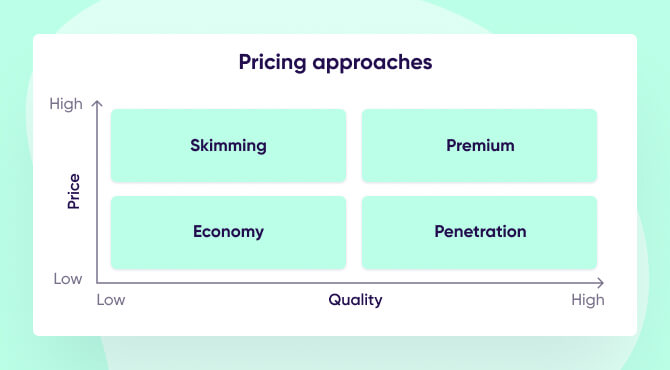
Economy pricing positions you as the most affordable option in the market. This works best for companies with low overheads and is intended for a mass audience.
If you’re in a competitive space with many substitute apps, you might find you’ll have a significant edge by pricing lower than the market leader. This strategy works especially well during recessions, where users are looking to cut spending.
Penetration pricing is when you charge less when you enter the market in order to acquire new users. Once you build a large enough user base, you may upsell and gradually raise prices. This is what we’re seeing with ridesharing, food delivery, and streaming apps.
Premium pricing positions you as a luxury brand and a market leader that promises premium quality — so you’d better be ready to deliver. This approach doesn’t work for commodity apps, but is great for attracting app users with higher disposable income.
Skimming is a pricing approach that temporarily sets a high price until a competitor enters the market. To choose this option, you need to be the first movers with no direct competition or substitute. It can also work when you’re launching a new, highly anticipated app.
In order to successfully price your app, you need to put your biases and gut-feelings aside and prioritize gathering data points to inform your decision. Here are the key elements you need to get you there.
To lay the groundwork, you need to define your audience, your purpose, and how you’re measuring success.
If you’re a luxury app focusing on low-income households, you’re probably not going to be very successful. Start by defining a very clear market, their demographics, and app purchase behavior. Ultimately, it’s about acquiring better users, not necessarily more users: think quality over quantity.
Are you looking to gain massive market share? Or are you trying to generate revenue from day one? Whatever it may be, start from your high-level objective and then identify the strategy you need to get there.
We live in a world built on data, and your mobile apps are no different. Without clear KPIs, every business decision you make is more risky and complicated. Start by defining KPIs focused on revenue and acquisition, like cost per install (CPI), cost per action (CPA), and organic conversion rates, to help formulate your pricing strategy.
Recommended reading: Everything you need to know about app marketing KPIs
Going to market without a firm understanding of how your potential users value your app can diminish how well your app sells. The Van Westendorp price sensitivity model is a data-driven approach that helps determine the optimal price point by exploring a user’s willingness to pay.
Instead of asking potential users to identify a single price, this model asks them to consider a range of prices by posing the following questions:
Once you gather the results, plot them on a line graph with the price on the x-axis and the number of respondents on the y-axis.
You’ll find the following intersection points:
It’s one thing to price your app at market value, and another for it to be profitable. App development, app design, operating costs, app store fees, platform fees, and advertising costs are all crucial factors that need to be considered.
Begin by asking yourself the following questions:
Once you’re clear on your financial goals, you need to work out how you’ll get there. That’s your monetization strategy.
Now that we’ve defined the costs, let’s talk about the different ways to generate revenue. Whether it’s through advertising, subscriptions, or in-app purchase (or a little bit of everything), there’s a plethora of monetization models to grow your business.
Let’s look at the five major approaches to monetization.
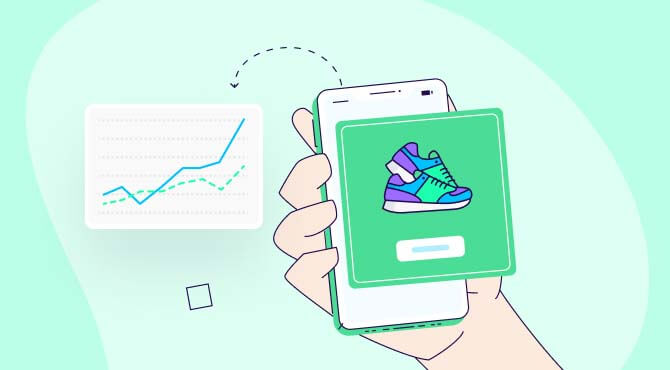
In-app advertising — showing ads to users within the app — is one of the most popular ways apps make money.
Developers can sell ad space to show video ads, banner ads, interstitials, and more. This is great for apps with lots of users, and doesn’t rely on users making in-app purchases. However, it’s a balancing act to serve up the right number of ads without harming user experience.
You can also sell virtual goods and services within the app. IAP works particularly well for gaming apps, where you can sell enhancements, upgrades, and exclusive in-game items that help engage a loyal player base.
An older strategy is to ask users to pay a one-time, upfront fee. Most apps have ditched this model because it doesn’t allow for recurring revenue opportunities (like upselling).
PPD apps may cause users to have higher expectations for your app when they purchase it, but they’ll be more willing to give it more time to justify their spend (helping user retention).
Subscriptions are one of the most popular monetization models. By charging a recurring fee to use the app over time, monthly subscriptions provide developers with predictable revenue growth, especially if they have a firm grip on retention and churn rates. This model also lessens the upfront risk for potential users who may change their mind after paying for their first month’s subscription.
Why limit yourself to one revenue stream? Many apps mix and match more than one strategy to maximize app revenue, and the most common is a combination of in-app advertising and in-app purchases. This provides the flexibility to generate baseline ad revenue on top of selling additional features and user-experience enhancements (like removing the ads!).
Competitor analysis is undoubtedly a crucial part of your research process, but it’s more important to come up with your own research and conclusions with as little bias as possible. That’s why we left this section so close to the end.
Answering the following questions will help you more effectively position your app in the market:
You’ve done all the hard work to get this far. Now it’s time to put your research to use and finally choose the right app pricing strategy for you. Here are the four most popular pricing strategies out there.
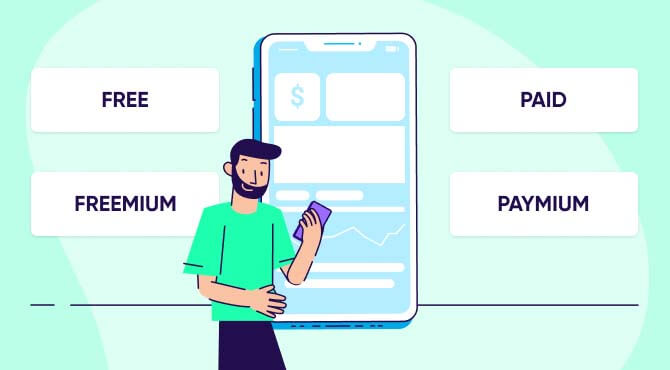
Lots of our favorite apps are available for free: think Google Maps, Bitmoji, Spotify, Instagram, and YouTube.
When your app is free to download and use, more users are willing to give it a try. This presents an exciting opportunity to build awareness. Free apps work best if you have a high volume of users. That way, you open up a lot of opportunities for monetization, including in-app advertising and in-app purchases.
But nothing in life is free, and app users know that. Especially with increasing concerns regarding data privacy, users are becoming more aware that if they’re not paying for a product, they are the product.
Why we like free apps:
What’s wrong with free apps:
The freemium model, a combination of ‘free’ and ‘premium,’ allows users to download the app and get basic features for free, with the option to purchase additional features. The features can range from removing ads, to accessing more content, or a monthly subscription to continue using the app.
Think about the New York Times allowing you to read 10 articles per month for free. Or perhaps listening to Spotify with ads. The freemium pricing model offers the benefits of a free app, while also giving users a trial run to see if it’s valuable to them.
Other apps that use a freemium model include Hinge, Slack, Dropbox, Google Drive, and LinkedIn.
The share of paid subscribers in freemium apps tends to rise and fall cyclically over time.
It’s worth noting that early adopters are more willing to pay for premium offerings, while late adopters tend to be more price-sensitive.
An upgrade strategy requires new features to be introduced over time, which on one hand keeps your app fresh, but on the other requires additional development resources.
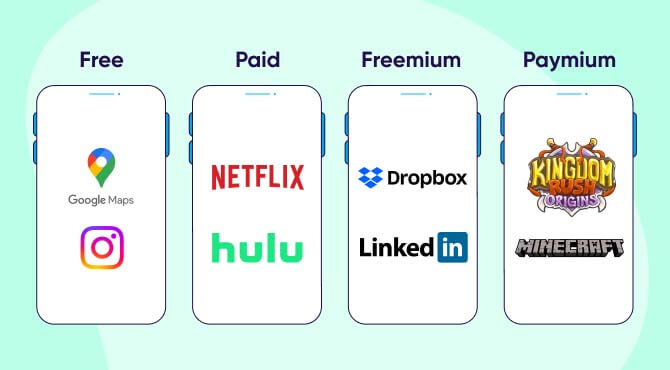
Paid apps, as the name suggests, require users to pay to install or use them. There are two primary approaches to paid apps: flat-fee and subscription. A subscription model like Netflix, Apple Arcade, or Hulu grants access to a library of content that is constantly updated over time. A flat-fee structure allows you to charge to install the app — and you set it and forget it.
Users who pay for an app are more inclined to try to get their money’s worth, which means higher retention rates but also higher expectations.
The paymium (yes, that is a word) structure is a hybrid of paid and freemium pricing structures. The user pays a flat free up front but can also unlock feature upgrades. This model works well for cash cow apps that are categorical leaders with no direct substitutes or competitors on the horizon.
kingdom rush origins and Minecraft are examples of a paymium app. In Minecraft, It’s $6.99 to download the game itself, and then $3.99 per month to create a multiplayer world to play with your friends.
A good app succeeds if it scratches the right itch, better than what’s out there — or better for the price. Pricing boils down to predicting human behavior, which is why it’s integral to proactively keep an eye out for changing market demands as well as staying on top of your data. So, which app pricing strategy will you choose?
An app pricing strategy helps determine the right price for your app by aligning its value with the market, benefiting both users and the business.
The four main pricing approaches are economy pricing, penetration pricing, premium pricing, and price skimming, each tailored to different markets and value propositions.
This data-driven model uses user feedback to identify an optimal price range, asking users at what point they find an app too cheap, a bargain, too expensive, or priced just right.
Common models include in-app advertising, in-app purchases, paid downloads, subscriptions, and hybrid models like freemium or paymium, each with its own revenue advantages.
Knowing users’ value perception helps you set a price that balances accessibility with profitability, maximizing satisfied users and minimizing churn.
Competitor analysis provides insights into industry standards and revenue strategies, helping you position your app competitively without relying solely on others’ pricing.